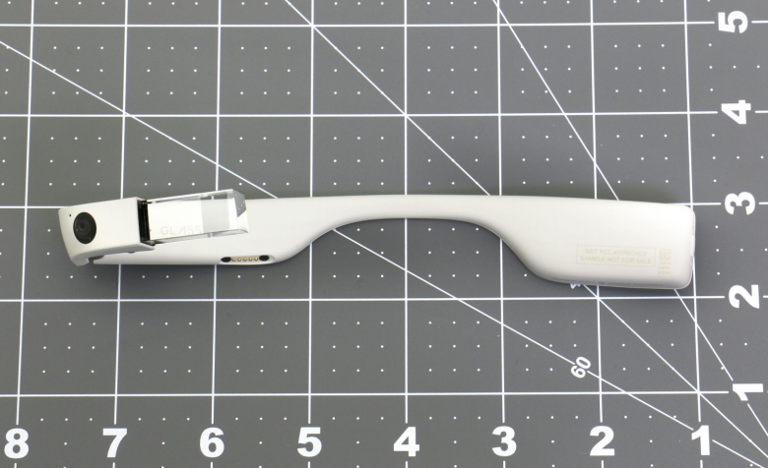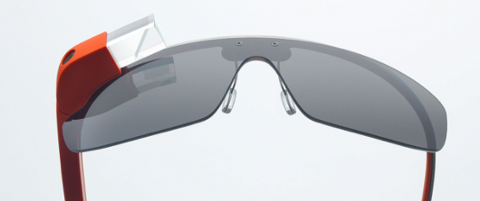Is Google Prepping a Glass Comeback?
Earlier this year, rumors circulated that Google Glass, the search-engine giant’s augmented-reality headset, would make a comeback. That scuttlebutt may prove correct, at least according to a new Google filing with the Federal Communications Commission (FCC), detailing the supposedly new-and-improved device. In photos included with the filing, the updated Google Glass looks much like its predecessor, with a few notable exceptions: a hinge allows the wearer to fold the right part of the frame, presumably for easier storage and transport, while the lens over the right eye is larger. Google has yet to officially announce the return of Glass, but multiple sources over the past few months have suggested that the company will market the revamped eyewear toward the enterprise market, rather than consumers. According to a July report from the blog 9to5Google, this “Enterprise edition” will feature a faster onboard processor, better battery life, and an improved screen. Such a strategy certainly makes sense in light of the earlier version’s marketplace performance. Although consumers expressed ambivalence over the hardware’s price, aesthetic, and potential to violate bystanders’ privacy, some businesses embraced its core features; in late 2013, for example, a surgeon used Glass’s built-in screen to video-conference with an experienced colleague who guided him through a shoulder-replacement surgery at the University of Alabama at Birmingham. Oil companies also employed the devices as a hands-free way to work and communicate. During its first go-round, Glass failed to attract rabid attention from developers, although some companies such as OpenTable did launch eyewear-compatible apps. If Google wants to make its second attempt successful, it will need to enlist developers—especially those who build highly specialized, industry-specific applications.

